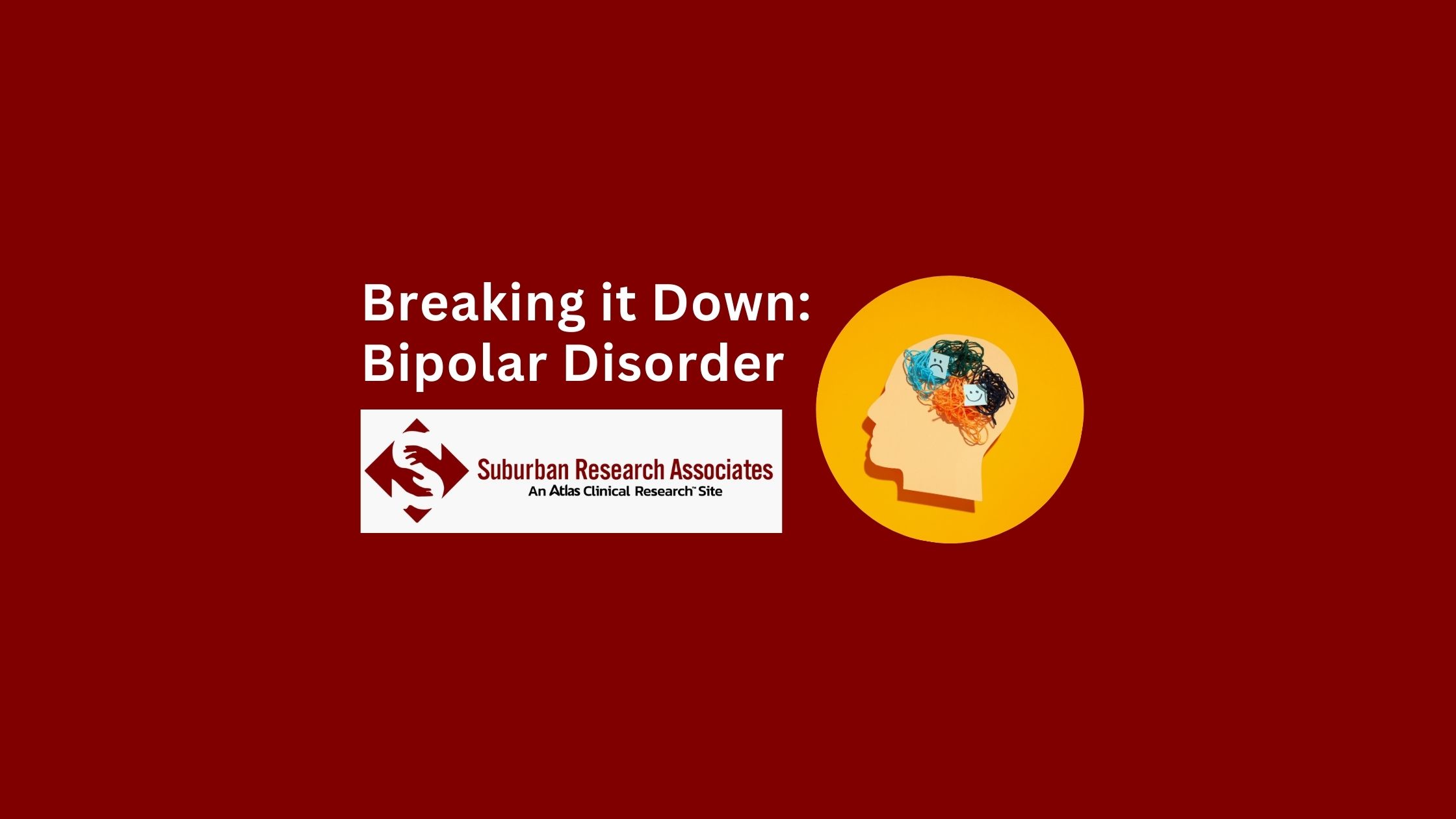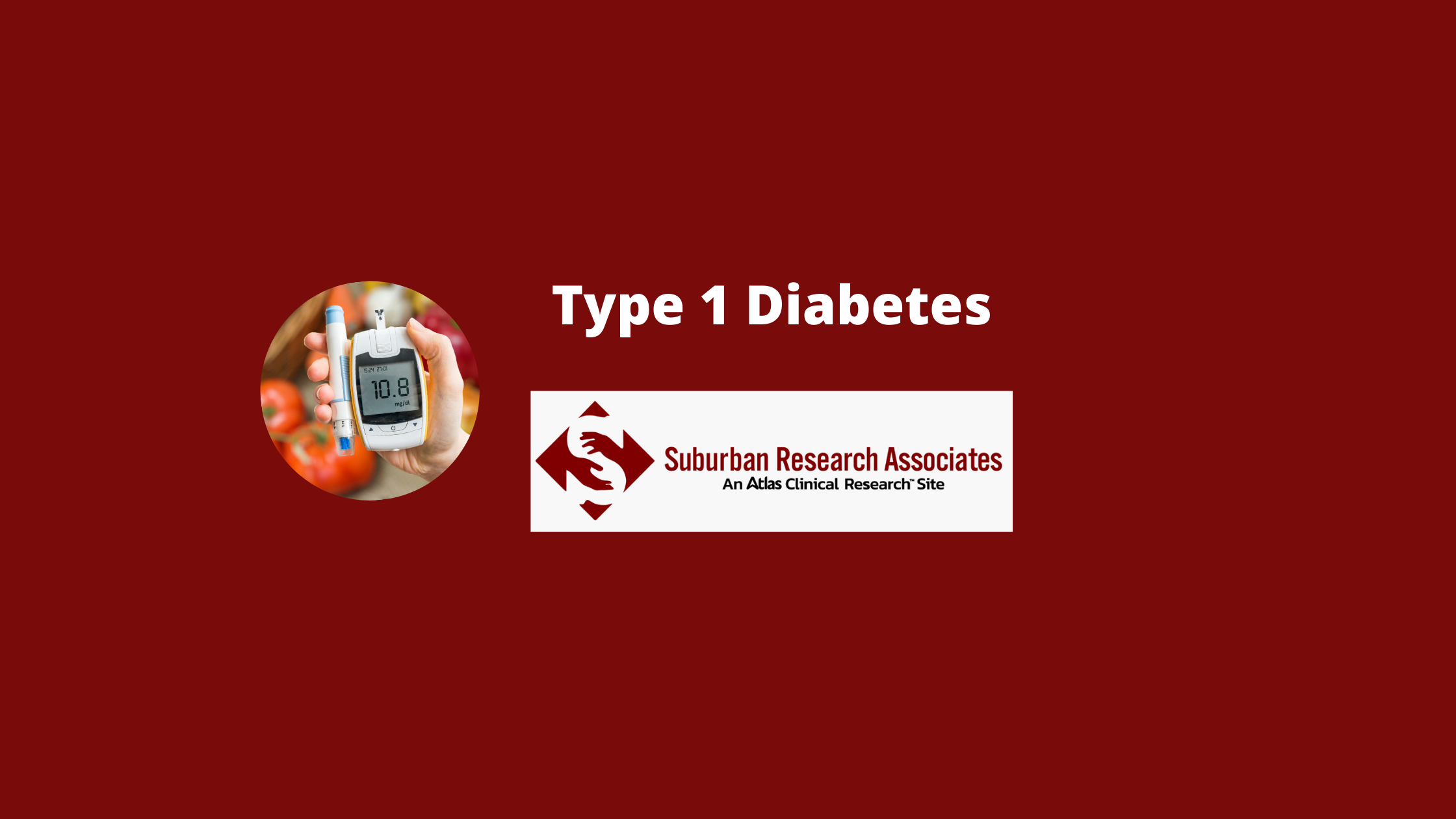Chances are, you’ve heard of bipolar disorder and perhaps the many misconceptions around the condition. But what is it really? In this blog, we break it down for you and hope you’ll join us in spreading awareness.
About Bipolar Disorder:
Bipolar disorder is a mental health condition that causes wide ranging and significant changes in one’s mood, energy, impulsivity, among other things. The high and low moods it comes with can be described as manic or hypomanic episodes; that may come with depressive episodes in the mix. These episodes may also be referred to as mania (extremely high/elevated mood) and hypomania (a less severe form of elevated mood, changes in behavior, energy, etc.).
Bipolar Disorder can be broken down into 4 different types:
- Bipolar I: One or more episodes of mania and often depression (though not everyone experiences depression). Manic episodes must be seven days or more or require hospitalization due to severity for diagnosis.
- Bipolar II: Depressive episodes that shift between hypomanic episodes and depression but never a manic episode.
- Cyclothymic Disorder/Cyclothymia: Chronically unstable mood with mild depressive symptoms and hypomania for at least a 2-year period.
- Other/Unspecified Bipolar Disorder: Abnormal mood elevation that doesn’t fall into any of the above types.
(NAMI, 2017).
Common Signs and Symptoms:
Symptoms of Bipolar Disorder will vary depending on the type of bipolar disorder one has and the type of episode they may be experiencing at a given time categorized and explained above. However, common symptoms may include the following:
- Mania
- Hypomania
- Depression
- Impulsive Behaviors such as excessive spending without limits/consciousness.
- Going days without sleep with sustained energy and alertness.
- Unawareness of consequences to actions
- Suicidal thoughts or behaviors
(NAMI, 2017).
Causes:
Bipolar disorder is known to have a genetic component but can also occur without genetic or family history. Likewise, even if someone does have a family history of the condition, doesn’t always mean that one will develop bipolar disorder. Brain structure and function may also be attributed to the
cause of bipolar disorder, but more research is needed in this area to truly understand this connection (NAMI, 2017).
Misconceptions:
Due to the nature of severity and overlap of symptoms to other conditions, bipolar disorder can be confused or misdiagnosed as schizophrenia or borderline personality disorder. Thus, it’s important to be as open and honest when recounting one’s history and symptoms to be sure you’re arriving at a correct diagnosis (NAMI, 2017).
Treatments:
Bipolar Disorder is often a condition that requires medication management due to the nature of symptoms and the impact on the brain. However, psychotherapy in combination with medication can also be useful (NAMI, 2017). At Suburban Research Associates, we aim to continue research in this area to help contribute to scientific advancements and hope for future treatment options. If you are interested in a bipolar disorder study, contact us here or call 610-891-7200 to be contacted for future bipolar disorder studies!
Seeking Help:
If you or a loved one is experiencing any of the above symptoms, be sure to talk to a healthcare or mental health professional to ensure proper diagnosis and intervention. If you are struggling, you are not alone.
Resources:
For more information on bipolar disorder, visit the National Alliance on Mental Illness to learn more.
If you are experiencing thoughts of suicide, text or call 988 to be connected to a live, trained crisis counselor.




